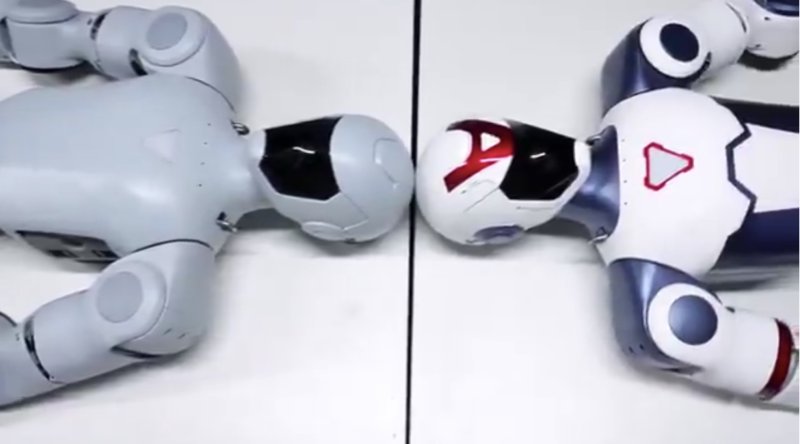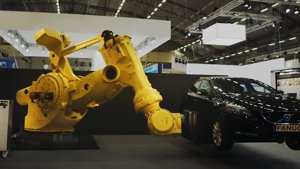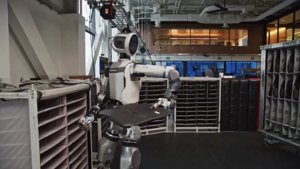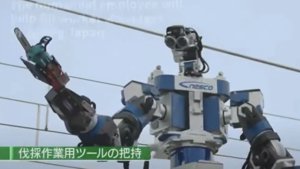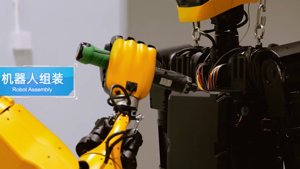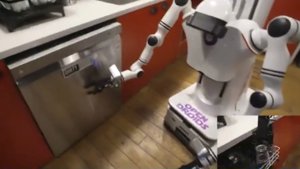Just when you thought the humanoid robot market couldn’t get any more packed, Unitree Robotics appears to be squaring up to yell “hold my pint!” At the recent IROS 2025 conference, founder and CEO Wang Xingxing reportedly declared the company’s new R1 humanoid is “ready for mass production.” This audacious move points to a potential shipping date as early as late 2025 or early 2026, aiming to propel the R1 from conference slideshows to actual loading docks at a frankly astonishing lick.
The R1 is Unitree’s bold bid for the more accessible end of the market, specifically targeting researchers and developers with an eye-wateringly low starting price of around $5,900. While that entry-level model comes with a few trade-offs—like permanently clenched mitts and a rather modest one-hour battery life—it’s a definitive gauntlet thrown down to competitors. The company, already a reigning champion in quadruped robots, seems determined to mirror that triumph on two sturdy pins, complementing its higher-end H1 and G1 models with a product geared for sheer numbers. This isn’t just another prototype; it’s a calculated manoeuvre to get hardware into the eager mitts of as many people as possible.
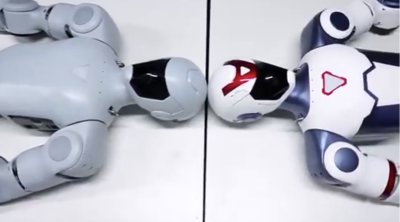
Why is this important?
Unitree’s claim of mass production readiness for the R1 isn’t merely about one shiny new bot, but rather a seismic shift in the market’s very foundations. Moving from bespoke, six-figure automatons to a sub-$10,000 model designed for the masses could rocket-fuel development across the entire industry. While “mass production” is a rather elastic term, stretching from a respectable few thousand units to a downright prodigious tens of thousands, the intent is crystal clear: to lower the barrier to entry for humanoid robotics and flood the market with bipedal brilliance before established titans like Tesla and Figure even get their boots properly laced for mass deployment. If Unitree can actually pull off this audacious feat within the stated timeframe, it may compel the entire industry to duke it out on price point and sheer availability much sooner than anyone expected, transforming what was once a stately humanoid “race” into an absolute, flat-out sprint.
